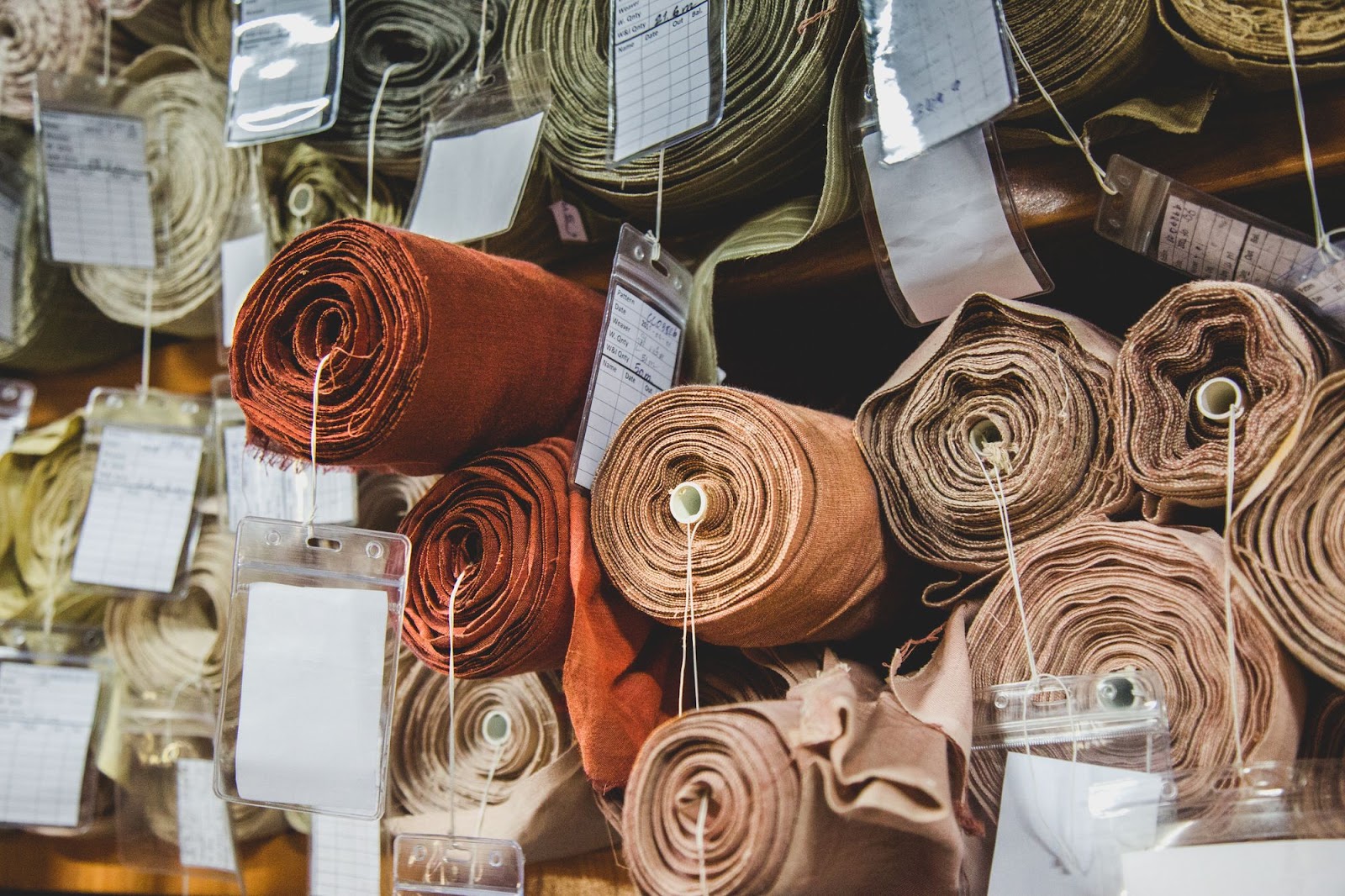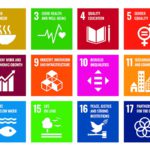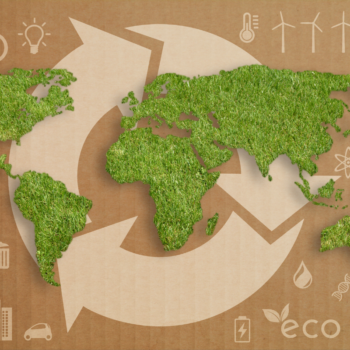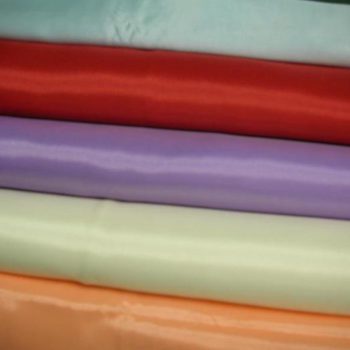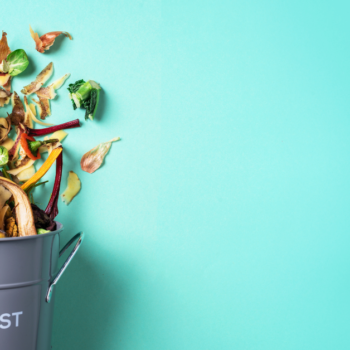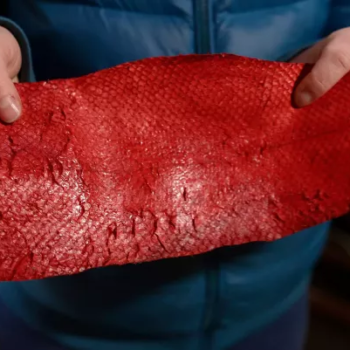|
|
In an era where eco-consciousness reigns supreme, the fashion industry is transforming sustainability. People are now acutely aware of how their clothing choices can significantly impact the environment. The solution? Embrace sustainable fabrics.
These textiles are crafted from raw materials obtained and processed in a manner that minimizes harm to our planet. Sustainable fabrics reduce waste and pollution, often sourced from recycled or biodegradable materials, paving the way for a greener and more responsible fashion future. So, let’s delve into sustainable textiles and discover the key players in this eco-friendly fashion revolution.
What are Sustainable Fabrics, and Why are They Important?
Definition of Sustainable Fabrics
Sustainable fabrics are made using eco-friendly methods and materials. They come from sources that don’t harm the environment. The main goal is to reduce how much harm making fabric does to the Earth. These fabrics last a long time, so we don’t have to throw away clothes as often, which means less waste in the fashion world.
The Significance of Sustainable Fabrics in the Fashion Industry
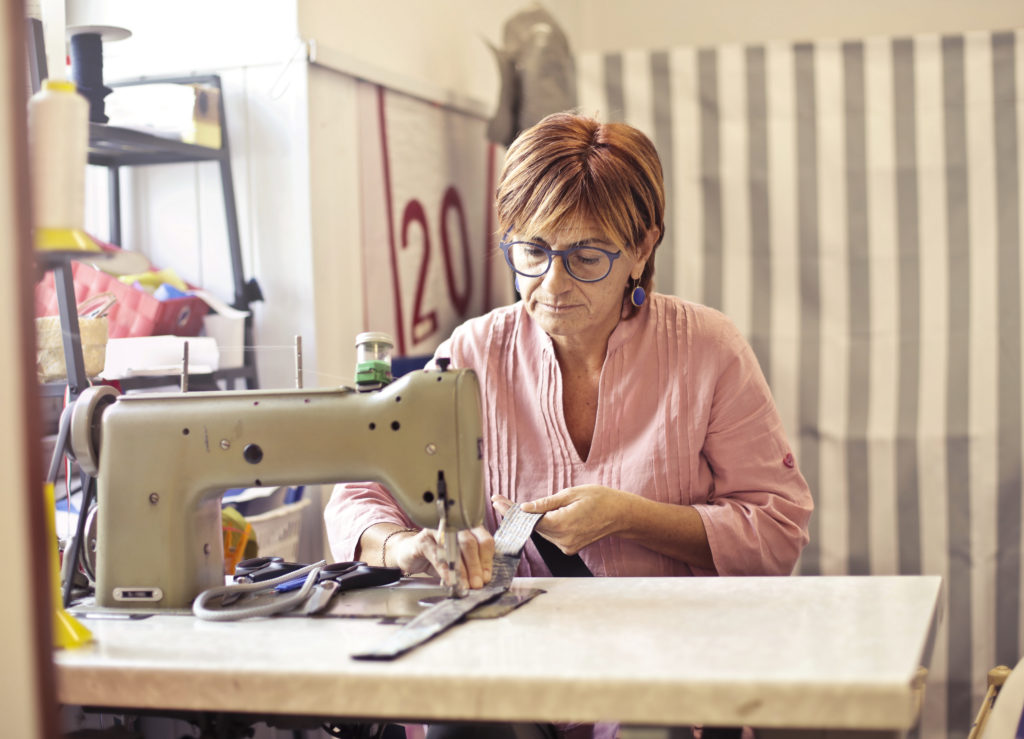
The textile industry is really important globally. It gives many people jobs, makes money from other countries, and provides things we need. About 300 million people work in this industry, many of whom are women.
The United Nations Environment Programme (UNEP) helps lead and bring together people in the textile industry. They want to make the industry more sustainable and safer by managing chemicals better.
Sustainable fabrics are a big deal in fashion. They’re better for the environment and more ethical than regular fabrics. Fashion often harms the environment, from using pesticides in cotton farming to polluting water with toxic chemicals. Using sustainable fabrics can help fashion brands be more eco-friendly and make the future better.
The Environmental Impact of Conventional Fabrics
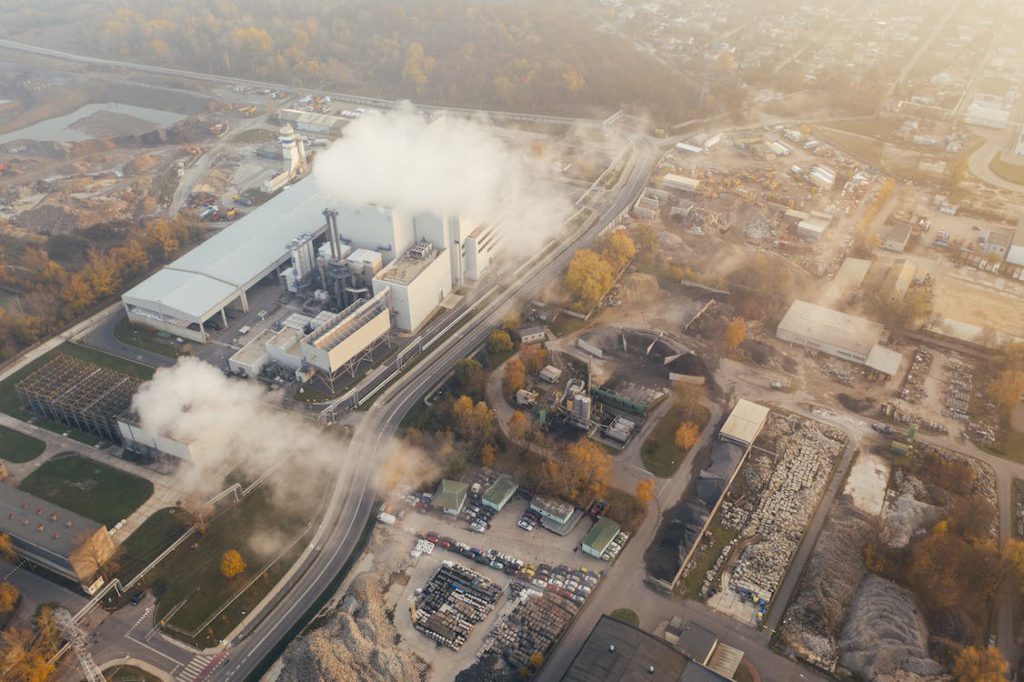
Conventional fabrics, including synthetic and non-organic materials, greatly harm the environment. Many studies and trustworthy reports show this.
Energy and Water Consumption: Making conventional fabrics uses lots of energy and water. For example, making polyester, a common synthetic fabric, needs energy, as Utopia tells us. This heavy energy use makes climate change worse. Also, making textiles uses a ton of water, which can cause water shortages in some places. The World Resources Institute says the textile industry uses more water than most other industries.
Chemical Pollution: Using toxic chemicals in fabric production is another concerning aspect of conventional textiles. Hazardous substances, including dyes, bleaches, and finishes, are employed in processing these materials. These chemicals pollute water sources and endanger the health of factory workers and ecosystems. A comprehensive report by the Science Report extensively explores the detrimental impact of such chemical use.
Waste Generation: The end-of-life stage for clothing made from conventional fabrics presents yet another environmental challenge. These garments often find their way into landfills, which can take years, if not decades, to decompose fully. The Ellen MacArthur Foundation emphasizes the grave consequences of such disposal practices, contributing to environmental degradation and the burgeoning issue of textile waste.
What are some sustainable fabric options available?
Organic cotton

Organic cotton is one of the most popular and widely available sustainable fabric options. It is produced without pesticides and other harmful chemicals, making it safer for the environment and the farmers. Organic cotton is grown using natural methods, which promote biodiversity and maintain soil fertility. It is a great sustainable alternative to conventional cotton, one of the world’s most pesticide-intensive crops.
Linen
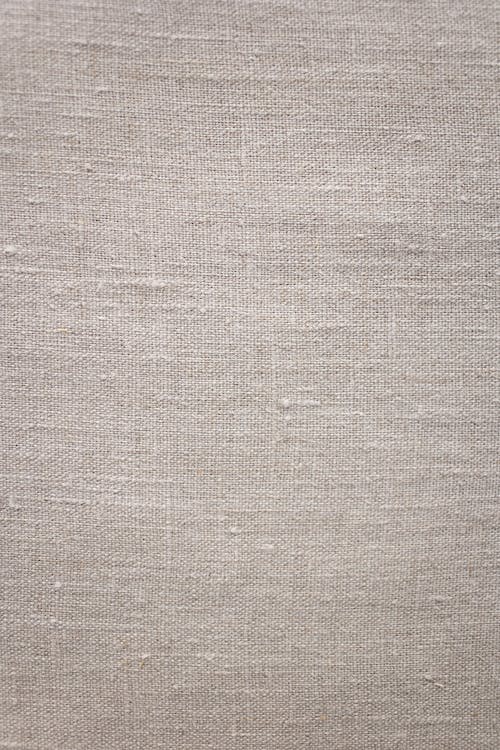
Linen is a natural fiber made from the flax plant. It is known for its durability and breathability, making it a popular choice for sustainable clothing. Linen is produced using minimal water and does not require pesticides or synthetic fertilizers. It is a versatile fabric that can make various garments, from shirts and dresses to bedding and table linens.
For instance, Sand Snow Linen, a famous eco-friendly brand, positively impacts the environment. They may be just starting but are determined to do their part. What makes them special is they make their stuff nearby. This helps local folks and keeps the air cleaner by not shipping things everywhere. It shows how serious they are about being eco-friendly and avoiding harm from big supply chains.
Bamboo
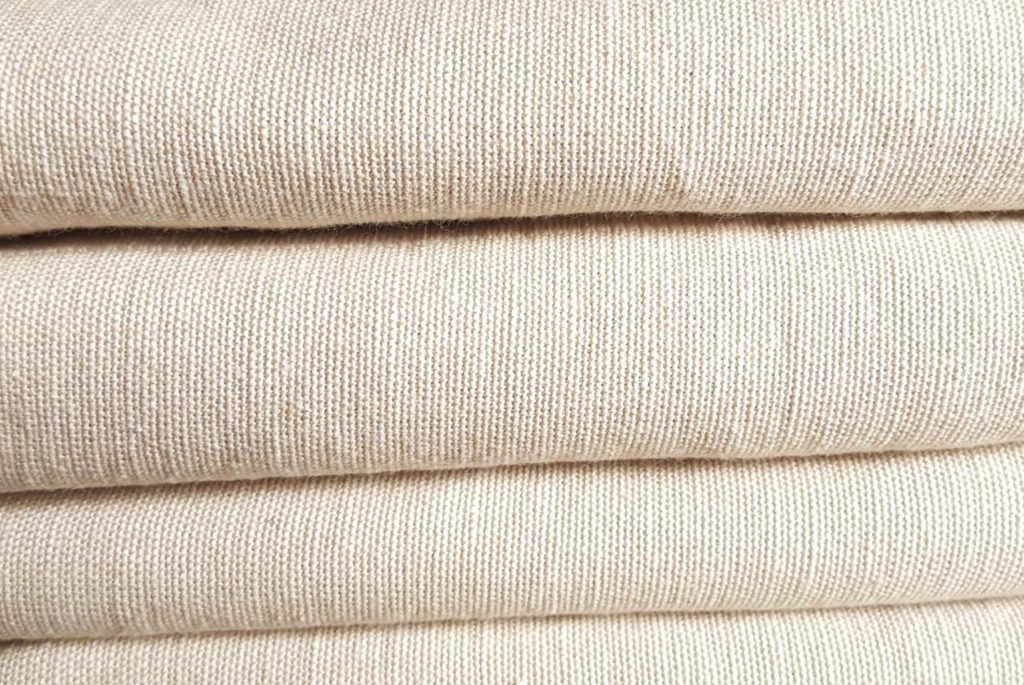
Bamboo fabric is an eco-friendly option that is gaining popularity sustainably. Bamboo is a fast-growing plant that requires little water and does not need pesticides or fertilizers to thrive. The production process of a bamboo fabric involves crushing the bamboo plant to extract the fibers, which are then spun into yarn. This fabric is soft, hypoallergenic, and has natural antimicrobial properties, making it ideal for sensitive skin and one of the industry’s top sustainable fabrics.
Fleece Fabric
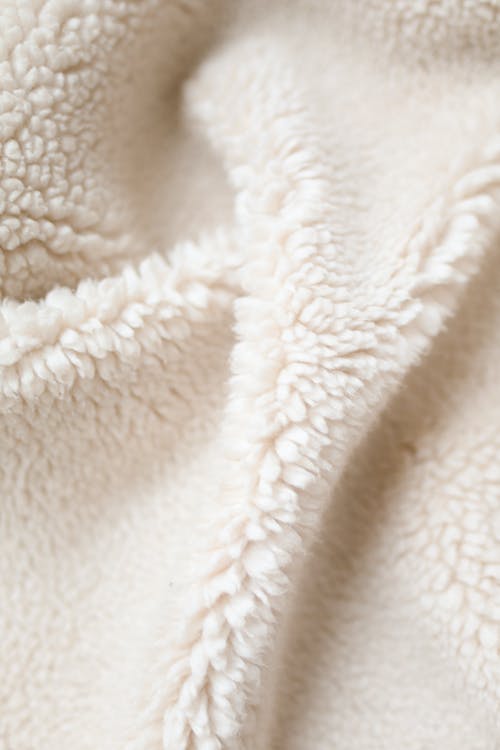
Fleece, made from polyester, is cozy and warm, thanks to its air-trapping design. But how eco-friendly it is depending on how it’s made. Traditional polyester fleece production, using many resources, isn’t great for the planet.
Thankfully, there are greener options. Recycled polyester fleece, made from old plastic bottles, cuts down on new plastic use. Some companies make fleece Earth-friendly by using less water and energy, promoting recycling, and exploring alternative materials like organic cotton or recycled fibers.
Cupro Fabric
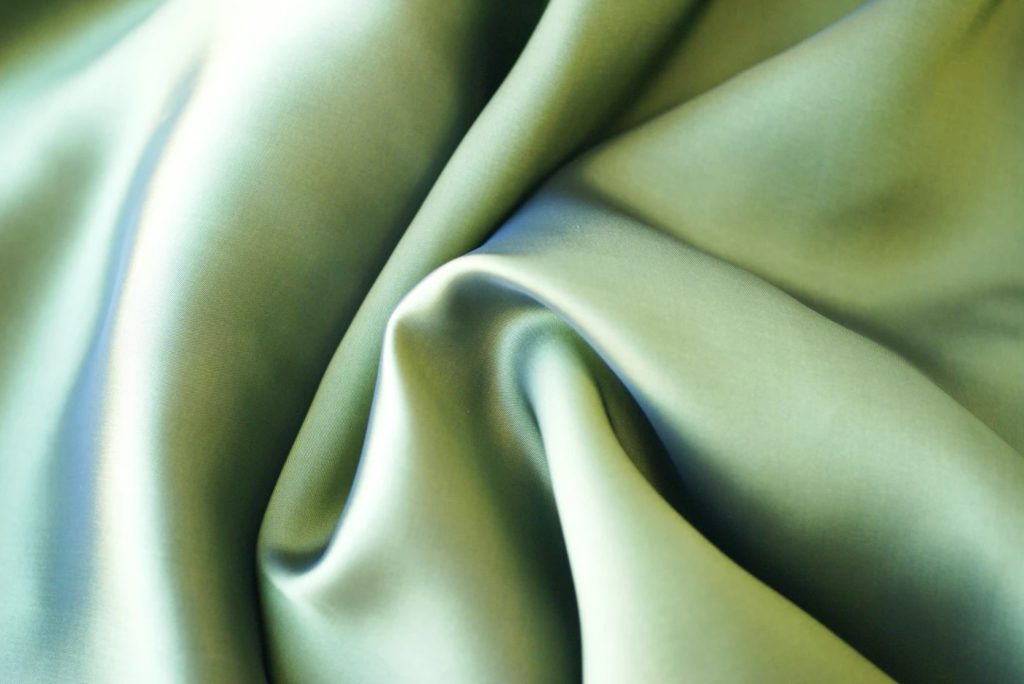
Cupro fabric, often called “vegan silk,” is a special material made from cotton leftovers. These leftover fibers, called linters, are usually thrown away during cotton production. Cupro is a smart way to use them.
Cupro fabric is an innovative solution to reduce waste in the cotton industry by using discarded cotton linter. This repurposing adds value to what would otherwise be considered useless. Additionally, cupro production is eco-friendly, with a closed-loop system that captures and recycles manufacturing solvents, reducing pollution and conserving resources. This reuse of chemicals also reduces the need for new materials, making cupro a sustainable choice compared to many other fabrics.
What are the Benefits of Using Sustainable Fabrics in Fashion?
Reduced Environmental Impact
Using sustainable fabrics in fashion reduces the environmental impact of the industry. These fabrics are made from renewable resources and produced using less energy and water than conventional textiles. We can minimize resource depletion, reduce greenhouse gas emissions, and protect ecosystems by choosing sustainable fabrics.
Less Water Usage
Sustainable fabrics, such as organic cotton and linen, require significantly less water than conventional fabrics. Conventional cotton farming, for example, is known to be water-intensive, contributing to water scarcity in regions where it is grown. We can conserve this precious resource and promote sustainable water management by opting for fabrics that require less water.
Supporting Ethical Brands
Choosing sustainable fabrics means supporting fashion brands that prioritize ethical practices. Sustainable brands ensure fair wages and safe working conditions for their workers, promoting social justice in the industry. By purchasing garments made from sustainable fabrics, we can contribute to a more ethical and equitable fashion system.
How do you buy sustainable fabrics on the market?
Identifying Sustainable Certifications
When shopping for sustainable fabrics, look for certifications that guarantee the fabrics are produced using environmentally friendly practices. Some common certifications to look for include Global Organic Textile Standard (GOTS) for organic fabrics, OEKO-TEX Standard 100 for fabrics free from harmful substances, and Cradle to Cradle Certified for products that meet rigorous sustainability criteria.
Researching and Supporting Sustainable and Eco-friendly Brands
Do your research and support fashion brands that are committed to sustainability. Look for brands that use sustainable fabrics in their collections, prioritize ethical practices, and have transparent supply chains. By supporting these brands, you are encouraging the growth of sustainable fashion and sending a message to the industry.
Choosing Fabrics that are Biodegradable and Vegan
Opt for fabrics that are biodegradable and vegan-friendly. Biodegradable fabrics can naturally decompose without causing harm to the environment. Vegan fabrics are free from animal-derived materials, promoting cruelty-free and sustainable fashion. Fabrics such as linen, organic cotton, and lyocell are examples of biodegradable and vegan-friendly options.
Frequently Asked Questions
Sustainable fashion refers to producing clothing, accessories, and other fashion items in an environmentally and socially responsible manner. It involves using sustainable materials, reducing waste, minimizing carbon footprint, and promoting fair labor practices.
Sustainable fashion is important because the fashion industry is known to have a significant negative impact on the environment. We can reduce pollution, conserve resources, and promote a more ethical and fair industry by embracing sustainable practices.
Eco-friendly fabrics are textiles produced using sustainable materials and methods. These fabrics are made from natural or recycled fibres and have a lower environmental impact than conventional fabrics.
There are several eco-friendly fabrics available in the market. Some examples include organic cotton, linen, lyocell, hemp, bamboo, and fabrics made from recycled materials like recycled polyester or cotton.
You can find sustainable fabrics by researching eco-friendly brands and checking their product descriptions. Look for fabrics made from sustainable materials like organic cotton or Tencel, and avoid synthetic fabrics that have a high environmental impact.
Organic cotton is a type of cotton that is grown without the use of synthetic pesticides or fertilizers. It uses methods that prioritize soil health, water conservation, and biodiversity.
Lyocell fabric is an eco-friendly fabric made from cellulose fiber. It is produced through a closed-loop process that minimizes waste and uses less energy than conventional textiles.
Recycled polyester is sustainable because it reduces the need to extract raw materials and diverts plastic waste from landfills. Using recycled polyester can minimize resource consumption and reduce our carbon footprint.
Sustainable fashion focuses on producing good clothing for the planet and people. It promotes ethical practices, uses eco-friendly materials, and aims to create long-lasting garments. Fast fashion, on the other hand, refers to producing cheap and trendy clothing designed to be quickly discarded.
You can support sustainable fashion by making conscious purchasing decisions. Choose clothes made from sustainable materials, support ethical brands, and prioritize quality over quantity. Additionally, you can recycle or donate your garments instead of throwing them away.
Conclusion
Fashion is changing for the better. Sustainable fabrics are a big part of this change. They show a commitment to the planet and ethical practices.
As consumers, we have the power to make a difference. By choosing sustainable brands and supporting transparency, we can make a positive impact on the Earth. With these eco-friendly fabrics, fashion is not just about looking good; it’s about doing good for the environment and future generations.
